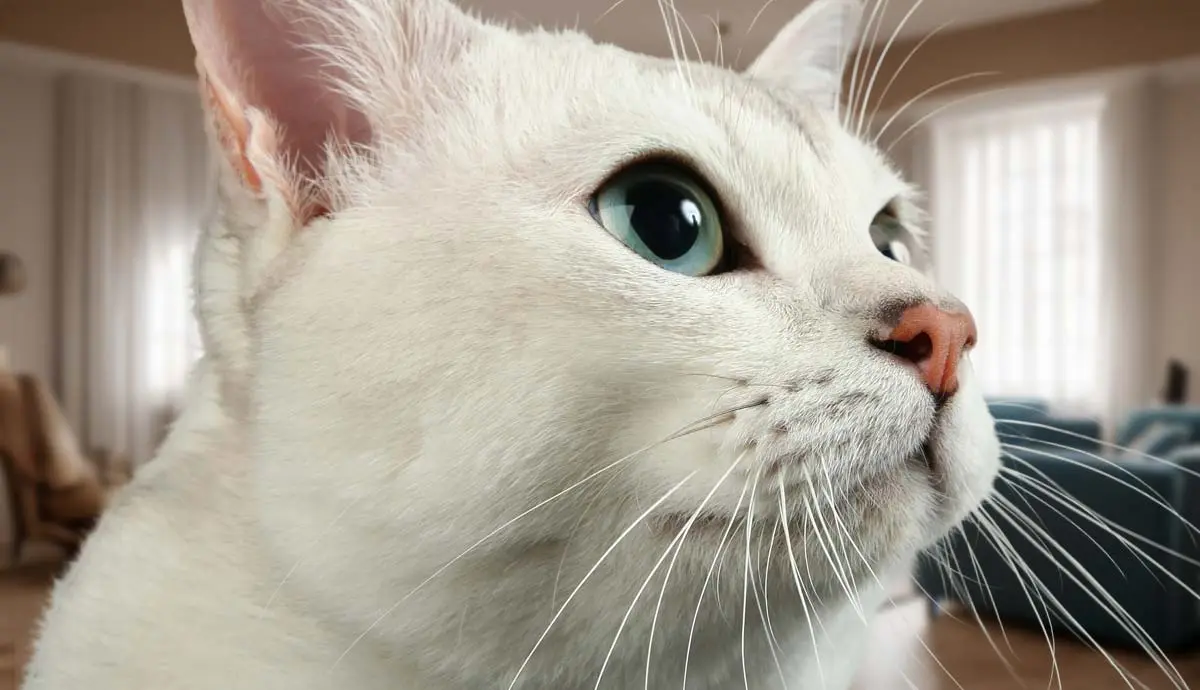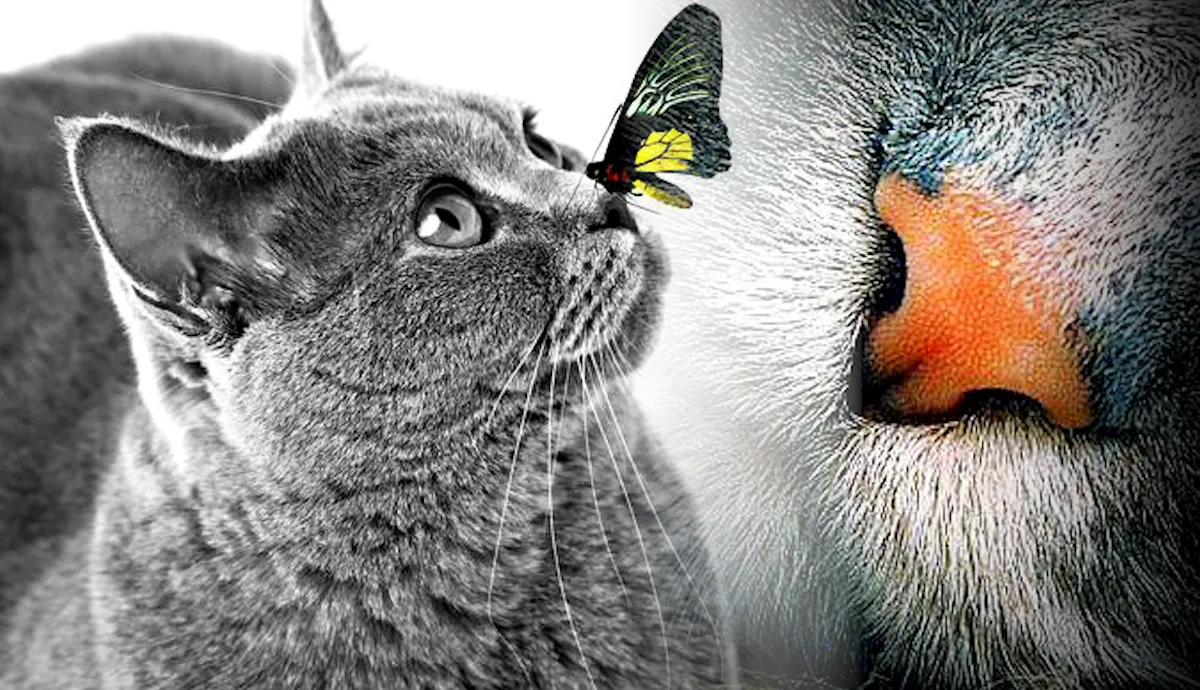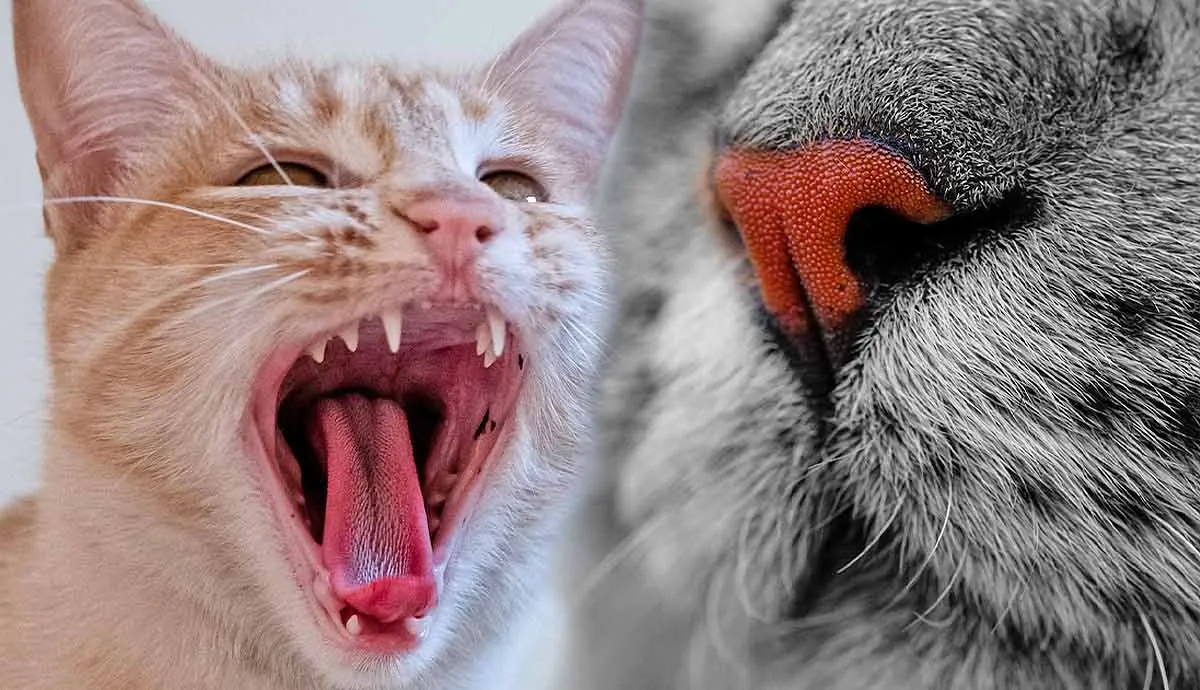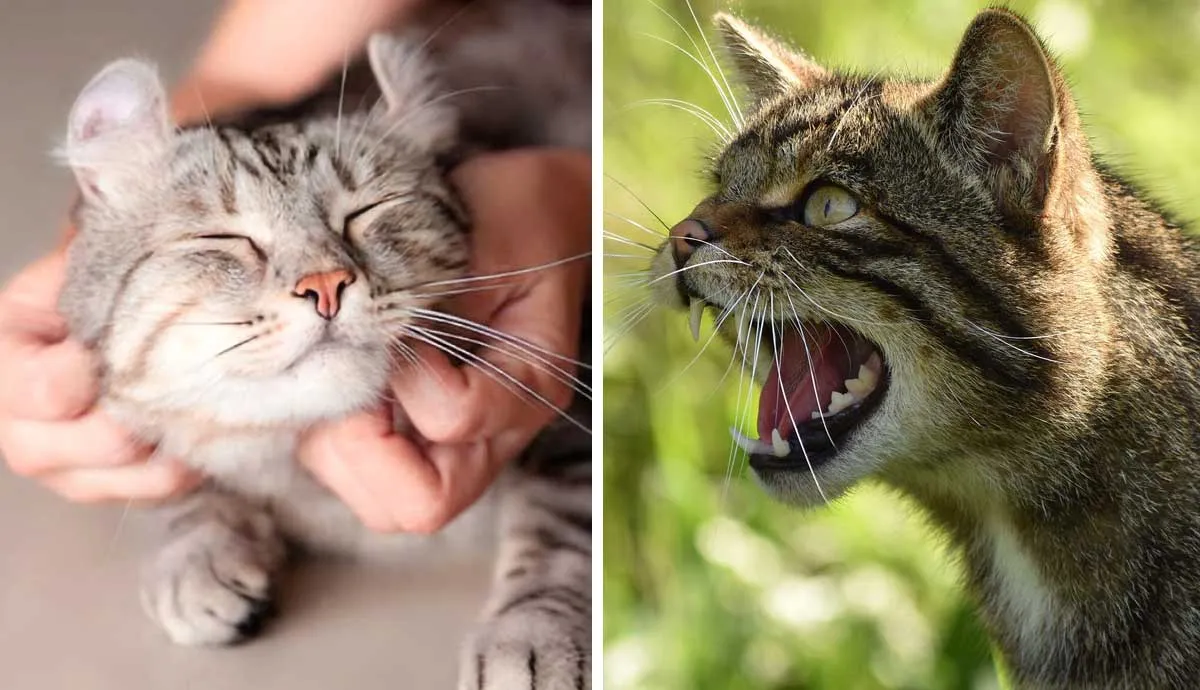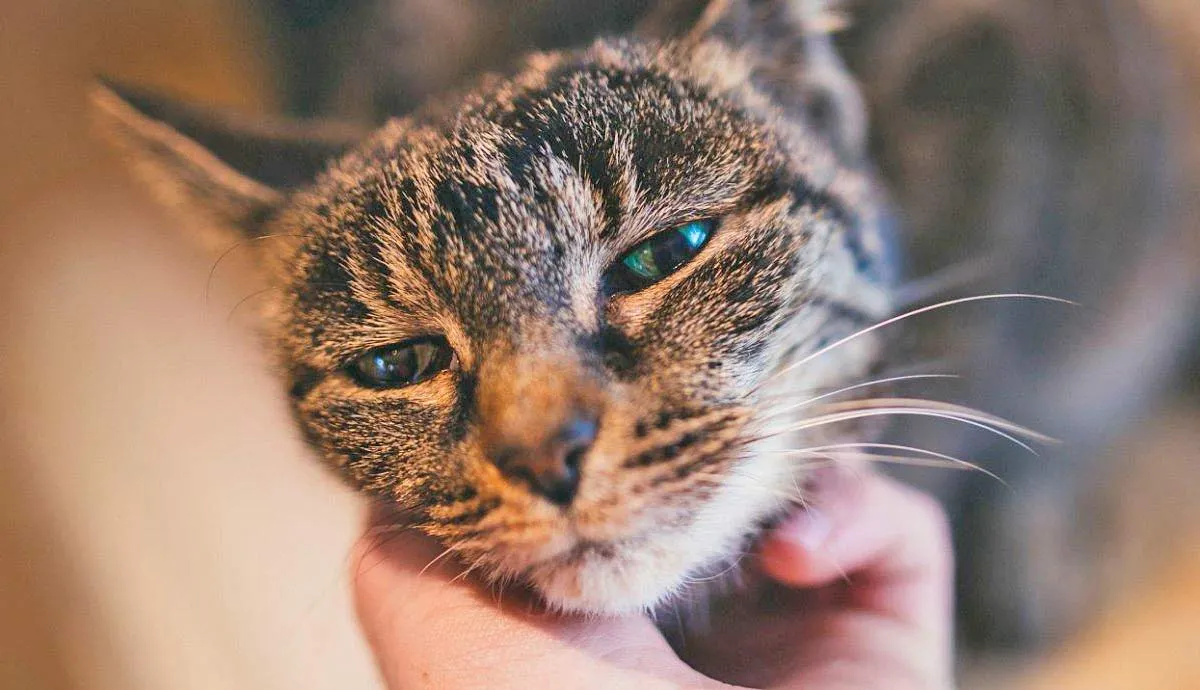If you’ve ever noticed your cat hesitating to eat or drink, suddenly drinking or eating less than normal, and you’ve ruled out all other possibilities, you may have a case of whisker fatigue. Read on to learn more about this mysterious theory and what you can do to help your cat feel better!
How Do Cat Whiskers Work?
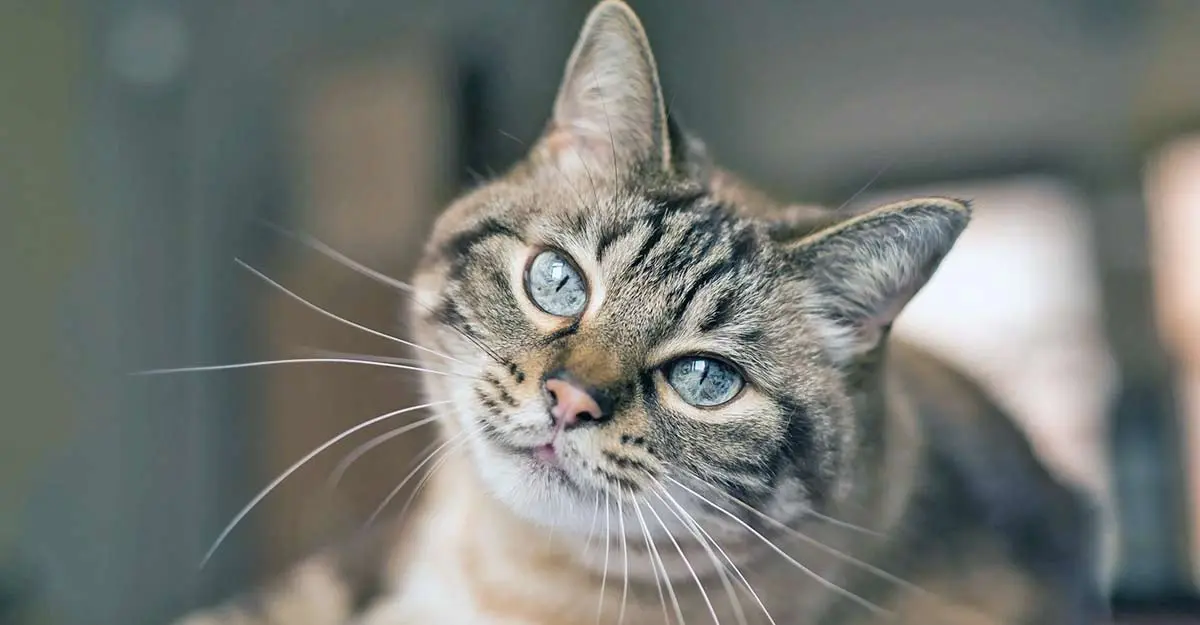
Any cat owner should be aware that their cat has whiskers for a reason - they’re not just longer, sturdier hairs that grow out of your cat’s cheeks! Whiskers, otherwise known as vibrissae, act as a vehicle for sending external information to your cat’s nervous system. Each whisker’s base is surrounded by an organ called a proprioceptor. Information gathered by the whiskers is sent to the proprioceptor, which is further sent to the nervous system.
Cats use their whiskers to measure gaps as they navigate the world - if your cat can put her head through an opening and their whiskers fit through it, they will know that their entire body will fit through that same opening. Whiskers are also used to pick up very slight vibrations in the air, which can help cats locate other animals or humans near them. Finally, whiskers also protect your cat’s eyes. If an object is on a trajectory near your cat’s eyes, when it touches a whisker it will trigger a blink, protecting the eyes from foreign objects.
Because whiskers are used in these specific ways, and their length is extremely important, you should never trim your cat’s whiskers.
What is Whisker Fatigue?
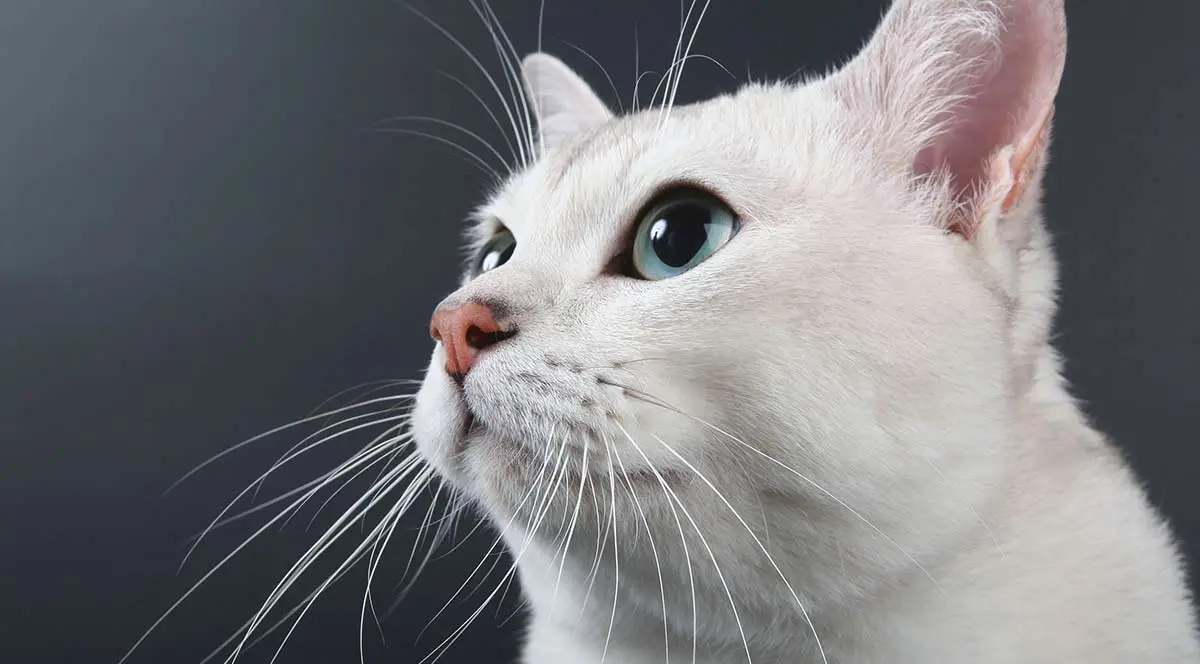
Now that we understand exactly how whiskers work, it’s easy to see how a cat can be fatigued by this constant stream of sensory information. Think of how your cat eats and drinks out of a bowl. Their whiskers mostly likely rub against the sides of their bowls or bend as they push their face into it to eat or drink. Considering what we know about how whiskers gather information; these stimuli must be extremely uncomfortable for some cats.
This is where the theory of whisker fatigue comes in. While some cats eat and drink out of traditionally shaped bowls with no problems, some will begin to eat and drink less. Most veterinarians agree that the most likely explanation is overstimulation of the sensory organs that whiskers use.
Some cats may express this whisker stress by refusing to drink out of small water bowls and opting instead to drink from taps or larger bowls intended for dogs or other larger animals. Some cats may also eat less if they feel this stress. You may notice your cat eating when their bowl is very full, but stopping when the food levels are lower in the bowl, when they need to push their face further into the bowl. They show us when they’re feeling stressed in their own ways - remember to pay attention to any changes in your cat’s behavior.
What Can I Do to Prevent Whisker Fatigue?

Luckily, whisker fatigue is very easily treated - simply swap out your traditionally shaped bowls for something wider and shallower. This can be easy for food bowls but can be more challenging for water. You can try a much larger water bowl, but be sure to remember to change the water just as frequently, as standing water can collect germs and dust. Some cats also prefer to drink moving water - if your cat is like this, try a water fountain. This can help encourage your cat to drink enough water. If you have a cat that constantly struggles to stay hydrated, you can also consider feeding wet cat food and adding a bit of water to it.
How Can I Know if it is Whisker Fatigue?
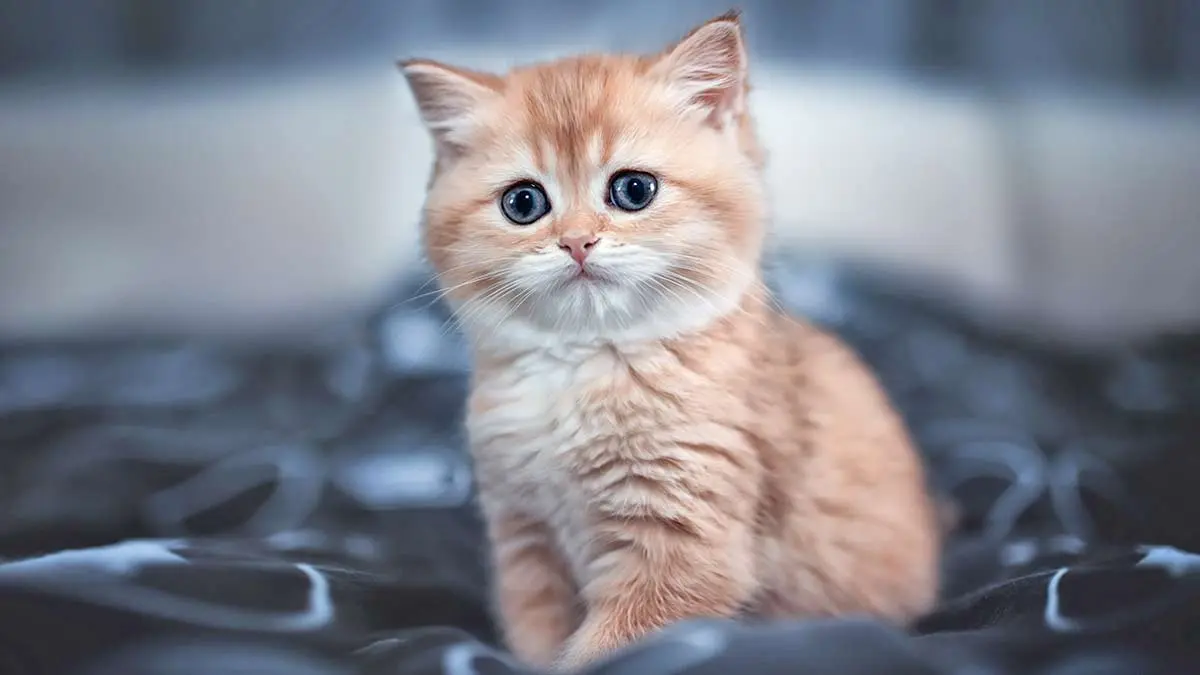
Like with all veterinary concerns, it’s extremely important to rule out all other potential causes for your cat’s changing behavior. If your cat suddenly stops eating or drinking, don’t assume that it is definitely whisker fatigue. Be sure to visit your veterinarian to make sure they aren’t ill with something else that can affect their appetite. Once your cat has been evaluated and your vet cannot find any other cause for the behavior change, it’s safe to experiment with bowls and water fountains.
It’s important to remember that all cats are individuals. If you are familiar with your cat’s body language and can identify when they are feeling uncomfortable, trust your gut. However, when in doubt, checking with your veterinarian is always best.
Do Other Animals Experience Whisker Fatigue?
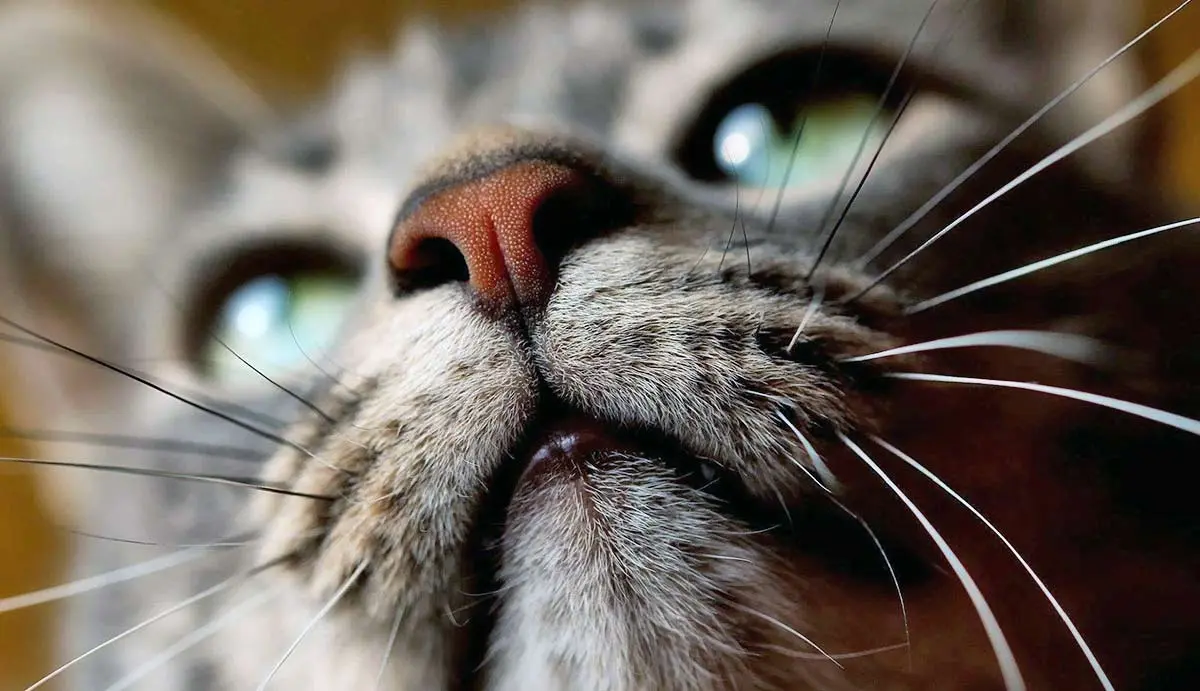
While whisker fatigue is mostly studied as a condition that house cats experience, it is not outside of the realm of possibility that other animals with whiskers can experience the same thing. Animals like dogs and horses also have whiskers that send information to their brains in a similar way. It is just as important for them as it is for cats not to trim their whiskers - if you own a horse with whiskers on their chin, leave them alone! Remember - whiskers are not regular hairs and serve a very specific purpose.
